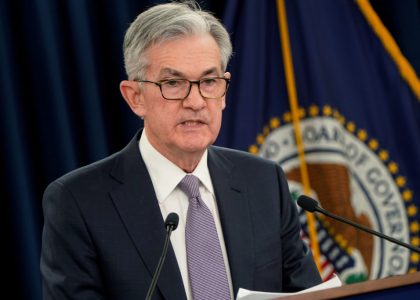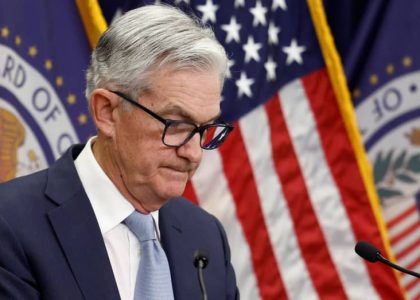The current interest rate scenario has been by far the loudest nothing I've heard since Greece was about to collapse. The confounding factors have sent us back through 45 years of Federal Open Market Committee (FOMC) decisions line by line. This was tedious, to the say the least, relevant at its best. Aside from FOMC data perusals and the hopeful nuggets of useful information, price and time appear to be doing their best to draw our attention back to where the rubber actually meets the road. That being said, we've reached a critical point in price and time that should yield big clues in the future direction of interest rates.
 The FOMC had done a good job of talking rates higher at important points since making the all-time high in July of 2012. However, their recent desires to hike interest rates for the first time since 2009 have not been met by encouraging economic data either domestically or, abroad. Rather than delve into macroeconomic policies and balance sheets, we'll look at the inner workings of the 10yr Treasury Note futures to determine whether rates have been talked up as much as possible or, whether deflation really will be the rule going forward.
The FOMC had done a good job of talking rates higher at important points since making the all-time high in July of 2012. However, their recent desires to hike interest rates for the first time since 2009 have not been met by encouraging economic data either domestically or, abroad. Rather than delve into macroeconomic policies and balance sheets, we'll look at the inner workings of the 10yr Treasury Note futures to determine whether rates have been talked up as much as possible or, whether deflation really will be the rule going forward.
Commercial traders are value players. Their business models project a range of input prices as related to profitability. They act accordingly as the markets move in and out of their target areas. Nowhere is this more observable than in the highly liquid and broadly participated in 10-year Treasury Note futures. Normally, we focus on small setups and swing trades. Occasionally, a broader perspective is necessary. The chart below dates back to the all-time high above 135 set in July of 2012. You can see that commercial traders had already determined that this rally would not last as they were heavy sellers into the all-time high, dumping more than 500,000 contracts between 132 and 135. They next became sellers in April of 2013 as the market tested its recent all-time high. Finally, their next major wave of selling came at the beginning of this year. These selling waves took place above the average value price (V1) and below the major trend resistance (R1).

As you can see, both the value price and the trend line from the all-time highs have converged near the current highs just under 130. Furthermore, the commercial trader position is about as neutral as it gets. The commercial traders in the interest rate futures appear just as confused as the rest of the world. There are arguments being made for prioritizing the health of our own economy at what would surely be the expense of emerging markets. Meanwhile the other side suggests that emerging market growth as fueled by continued low interest rates may be the only thing to pull the broader economy along. There have been two sides to every argument suggested, each of which have been equally plausible. Therefore, we'll take our cues from the commercial traders' actions at this critical juncture in the in the interest rate futures through the weekly CFTC Commitment of Traders report and their activity relative to the resistance and Fed talk.





